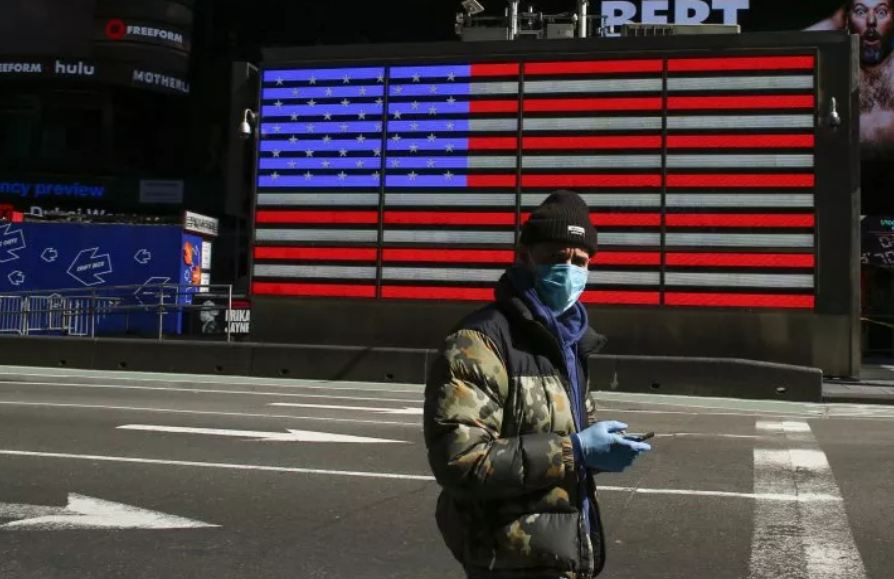efore the pandemic, the plan would have seemed like something ripped from a distant dystopian future in which the human race fully surrenders to Big Tech. On the April 10 online document, the logos of Google and Apple sat atop a description of the companies’ joint plan to enable America’s cellphones to keep track of everyone with whom their owners come into contact.
Who would sign on to such extensive surveillance? Much of the world already has. In South Korea, health officials use apps and video cameras to track down people who came into contact with COVID-19 patients before symptoms appeared. China, Singapore and Australia already have phone-based contact-tracing in place, and much of Europe is following suit. The UK’s National Health Service, for instance, has endorsed a scheme that’s undergoing a pilot test, and Germany’s government is close behind.
As U.S. governors consider how to open up and allow people to go back to work, experts warn that the coronavirus, which is still in circulation, is almost certain to flare up again. To avoid more emergency-room disasters like the one that overwhelmed New York City in April, public-health officials must act aggressively to stop small outbreaks before they develop into big ones. The key, experts say, is contact tracing. For each new COVID-19 case, health care workers would develop a list of people the patient might have interacted with before symptoms developed. Then they would contact each one and recommend self-quarantine.
Contact tracing was used effectively during previous outbreaks, notably HIV/AIDS. With COVID-19, inquiries wouldn’t be as intrusive as questions about sexual partners, of course, but they would reach many more people—in a country where citizens take to the streets over such assaults against their liberty as the closing of hair salons and gyms. With the coronavirus infecting tens of thousands of people each day, tracking down all those contacts would take an army of health care workers: about 100,000, says the Johns Hopkins Center for Health Security.Technology, the thinking goes, might help automate the process. It’s worked in South Korea, which achieved COVID-19 numbers that are the envy of much of the world: as of early May, it logged fewer than 11,000 cases, in a population of 50 million, and just over 250 deaths—or 1/16th the U.S. per capita case rate, and 1/300th the death rate. More than 20 countries, including most of Asia, have already been enlisting cellphones to help identify those who might have been exposed to the infection, so those people can self-isolate or get cleared by a test. America, with its vaunted technology industry, is a laggard.
It sounds like great news for the U.S., then, that contact-tracing capabilities are coming soon to a phone near you. As many states consider allowing people to go back to work, health experts say that identifying individuals who come into contact with people who have tested positive for the virus, so they can follow up with voluntary self-quarantines, is essential for keeping the outbreak from getting out of control. But such contact-tracing efforts are time-consuming and labor intensive. The hope is that all the information our phones can pull in about us, including where we are and who or what’s nearby, can provide a much-needed assist, as they have in South Korea and elsewhere.


